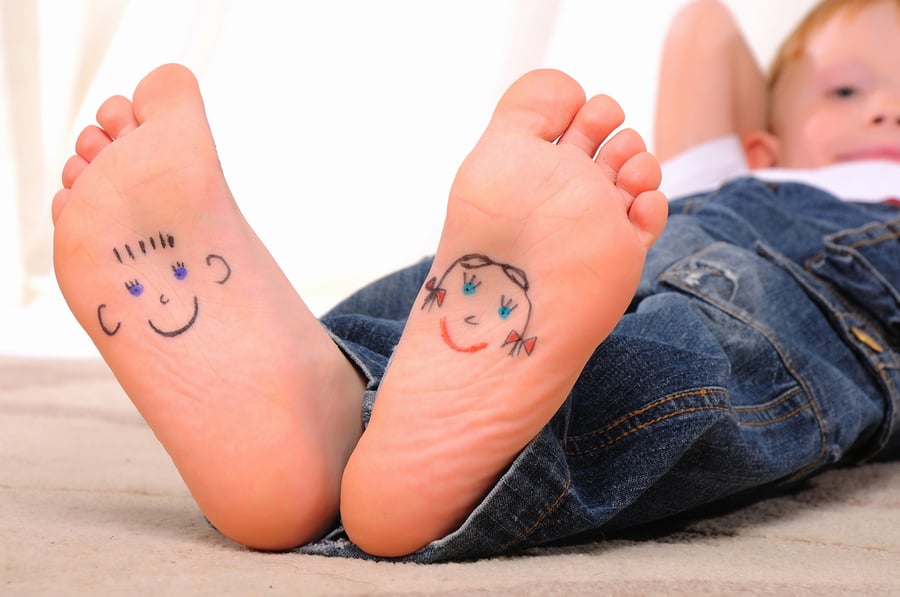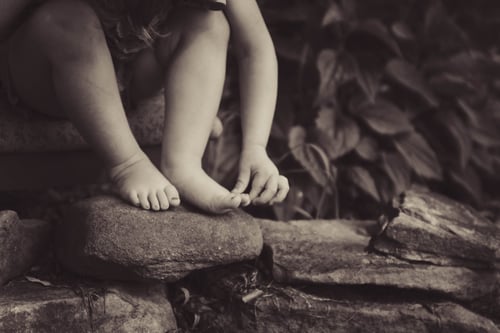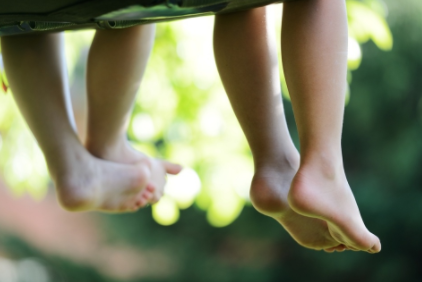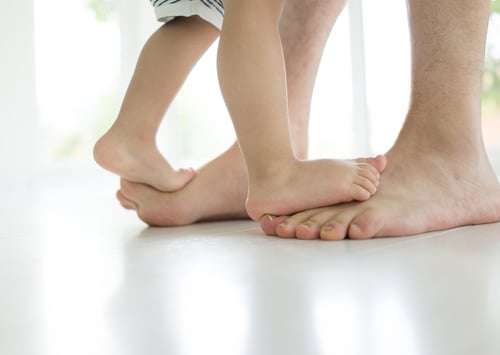
There are many tiny bones in the foot, so it can be difficult to see a serious injury like a fracture, especially in children. Tiny bones are that much smaller in a tiny foot. Children’s bones are immature and require special treatment, so parents and caregivers need to know what might indicate a foot fracture.
What are the Signs of a Foot Fracture?
There are 26 different bones in the foot, and any of them can break, so how can you know? The most obvious sign of a foot fracture is a deformity -- the shape of the foot is different. Deformities can vary but toes bent up, back or to the side are easy to spot.
Lack of deformity does not mean there is no fracture, though. The size of the bones in the foot can make fractures difficult to identify.
Some common symptoms of a foot fracture include:
-
Swelling
-
Bruising
-
Breaks in the skin
-
Protruding bone
-
Heavy bleeding
The child will be in pain, as well, and have trouble putting weight on the foot. They might complain about it being numb, too.
What to do If You Suspect a Foot Fracture?
The goal is to get medical care as soon as possible, but you need to do a little first aid first. If you see a bone, heavy bleeding that will not stop or blood spurting from a wound in the foot, call 911.
Also, consider how the child got hurt. Is the foot the only injury or is it possible they hurt their head, neck or back? If so, keep the child still and call 911.
Standard first aid for a foot fracture would include:
-
If the foot is bleeding, elevate it and apply pressure with a clean cloth or piece of clothing.
-
Apply ice if possible to reduce the swelling.
-
Avoid touching any exposed bone.
-
Go to an urgent care center or ER
Don’t worry about immobilizing the foot, just keep it supported. Trying to bind it may cause damage.
How is the Fracture Diagnosed?
Once you get to a medical facility, a healthcare provider will examine the foot, checking for movement, feeling and pulses to indicate proper blood flow. He will likely order imaging tests such as:
-
An x-ray to see if there is a broken bone.
-
A CT scan gives a more comprehensive view of the injury. The damage might go beyond a fractured bone and include a joint or connective tissue.
-
An MRI provides an even better picture of the foot.
-
A bone scan uses radioactive dye that makes fractures, even tiny ones, easier to see.
If there is a bone fracture, they will put a cast or splint on the foot and give you instructions on how to care for the injury at home. A serious injury with multiple fractures may require surgical repair and time in the hospital.
If you are not sure if there is a fractured bone in a child’s foot, error on the side of caution and get it looked at by a medical professional.








